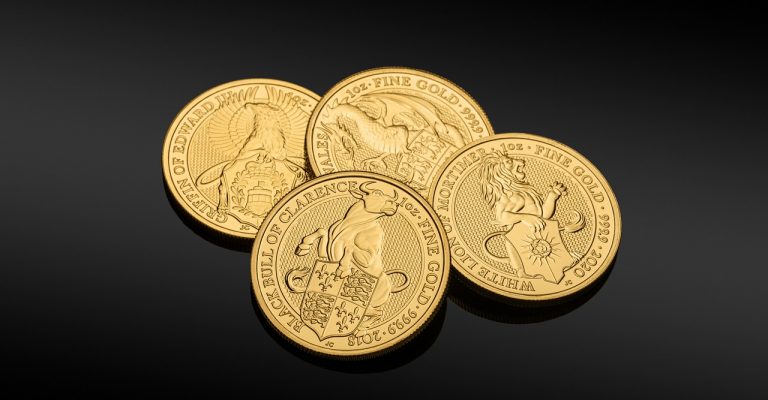Precious metal bullion: The basics
Many have heard of precious metal bullion, but what is it exactly? What does it mean to have platinum, gold and silver bullion as bars or bullion coins? Why is physical bullion a good investment? Is there a difference between gold bars and gold bullion? Here are a few clear and key takeaways bullion provides us, starting with its origins.
Bullion formation
Bullion isn’t naturally created. In fact, bullion is only created after ore is harvested and refined to an exceptional level of purity. For example, gold ore is harvested, weighed and analyzed. It’s then smelted at high temperatures to refine the ore to an even higher level of elemental purity. After its refinement is complete, the melted gold is typically poured into a mold, forming the bullion bars and coins we’ve grown accustomed to seeing.
The same process is usually done with silver ore, resulting in the silver bars or silver bullion coins we typically see as collectibles or investment pieces.
Bullion can be melted into various shapes such as bars and coins and doesn’t refer to one form or another. Instead, it refers to the quality product that’s created via refinement.
Bullion bars and coins
Bars and coins are two of the biggest consumer pieces where bullion is involved. These two items tend to have a higher value point and are readily available from and sold to a reputable dealer, since they aren’t in circulation. Many individuals like starting their physical precious metals collections with precious metal bullion coins, as they’re much easier to carry and tend to have a more affordable price point.
For those looking for the more iconic image of a bullion bar, options for type of metal and amount are also readily available. However, they tend to come in ounce segments for average consumer and often have a higher price point. Both must be certified as nearly 100% pure, typically resulting in a purity rating of .9 to .999. These purity ratings are also seen on bars as 999.9.
Rounds are also considered good investments pieces. They tend to be smaller with lower price points, making them excellent pieces for novice investors looking to start their investment portfolios with physical precious metals as backing.
Physical investing
Professionals regularly state investing in the physical forms of precious metals is an exceptional way to hedge against the dollar. While some investors rely solely on the spot prices of gold, platinum, palladium and silver, many prefer to invest in physical bars, coins or rounds since they maintain their value due to the precious metals within the physical bullion.
They can be bought at a lower premium but don’t typically see the same fluctuation as their electronically traded counterparts. Physical precious metals may also sell quicker, if the investor finds themselves wanting to make a quick profit on their investment.
Whether you’re a novice investor with a small investment portfolio or have a serious connection with the London Bullion Market Association, it’s always a good idea to diversify with physical gold or silver. These precious metals have retained their value over centuries and will continue to hold their intrinsic value with ease.




